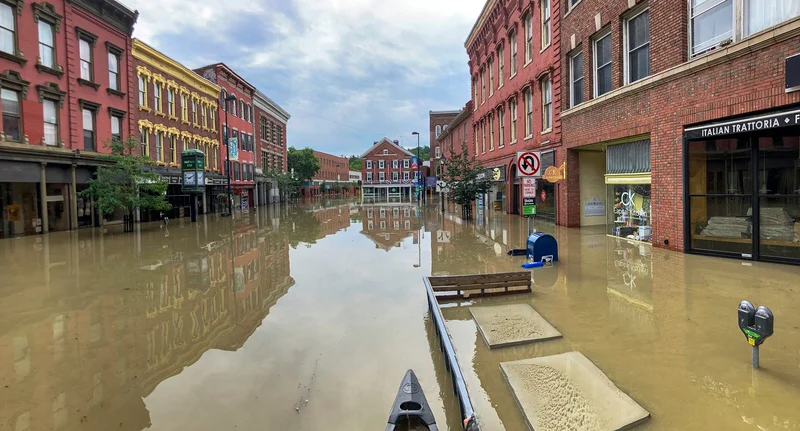Alright, let's talk about water. Not the refreshing kind, but the kind that ruins your basement and sends insurance premiums skyrocketing. Recent press releases are touting enhanced "emergency response capabilities" from restoration companies. But are they actually ready, or is this just good PR in a market primed for panic?
The press releases from Cougar Restoration in Portland and Gateway Restoration in Phoenix paint a rosy picture. Cougar Restoration is "enhancing" its capabilities, while Gateway emphasizes its IICRC certification. Gateway Restoration Emphasizes IICRC Certification Standards for Phoenix Area Water Damage Services All Dry Services of Miami reports a surge in emergency flood calls during hurricane season. Seems straightforward, right? Demand is up, so companies are stepping up.
But let's dig a little deeper. What does "enhancing capabilities" actually mean? More trucks? More staff? A better thermal imaging camera? Details on that front remain suspiciously vague. (I always get nervous when companies use vague superlatives without backing them up with hard numbers).
Gateway's focus on IICRC certification is interesting. It's a solid industry standard, no argument there. But having the certification doesn't guarantee rapid response times or superior service. It just means they theoretically know what they're doing. Are they faster, more efficient, or cheaper than non-certified companies? The press release doesn't say.
All Dry Services of Miami, at least, gives us a tangible metric: a surge in emergency calls. But a surge compared to what? Last month? Last year? If last year was unusually quiet, a small increase could be spun as a "surge." The lack of a baseline makes the claim difficult to evaluate.
The Portland press release touches on something critical: aging infrastructure. A water main break on Southwest Multnomah Boulevard affected 60 homes. Underground leaks plague residents. Legal battles over levee systems loom. These aren't just isolated incidents; they're symptoms of a systemic problem. Investing in restoration services is treating the symptom, not the disease.
And here's the part of the report that I find genuinely puzzling: if infrastructure is failing, and weather patterns are becoming "more unpredictable" (a favorite corporate euphemism), why aren't we seeing more proactive measures? Where are the press releases about preventative maintenance programs, advanced leak detection technologies deployed before disaster strikes, or partnerships with municipalities to upgrade water systems?

It's like focusing on ambulance manufacturing while ignoring the crumbling roads that cause the accidents.
Both Gateway Restoration (Phoenix) and All Dry Services (Miami) tout rapid response times. Gateway claims an average response time of under 60 minutes for true emergencies. All Dry Services of Miami Reports Surge in Emergency Flood Calls During Peak Hurricane Season emphasizes 24-hour emergency response.
Sixty minutes sounds impressive, but what constitutes a "true emergency?" A burst pipe flooding a basement? A leaky faucet dripping into a bucket? The definition matters. And "24-hour emergency response" simply means they answer the phone 24/7. It doesn't guarantee that a crew will be on-site within an hour, or even within several hours, especially during a widespread event like a hurricane.
Consider the logistics. Technicians need to be dispatched, equipment needs to be loaded, and traffic needs to be navigated. In a city like Miami during hurricane season, that "under 60 minutes" claim suddenly seems optimistic, to put it mildly.
Moreover, is that 60-minute response time statistically significant? What's the standard deviation? If half the calls are answered in 15 minutes, but the other half take 90 minutes due to staffing shortages or traffic delays, the average is misleading. We need the full distribution to understand the real-world performance.
The water damage restoration industry is undoubtedly adapting to new challenges, investing in better equipment and training. But the underlying problem—aging infrastructure and increasingly volatile weather—isn't going away. Until we see a shift towards proactive prevention rather than reactive cleanup, these "enhanced capabilities" will remain a band-aid on a much larger wound.
---